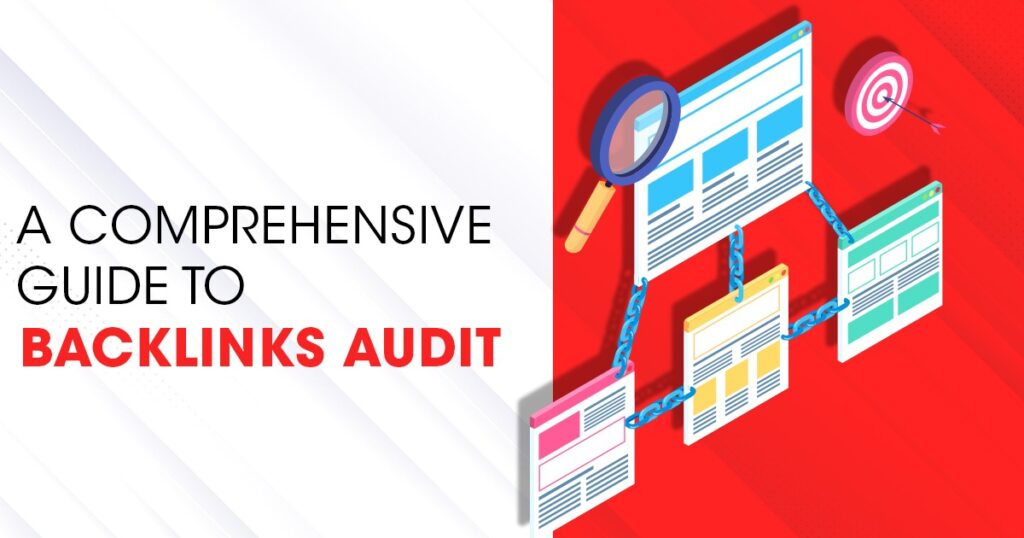
Backlinks are an integral part of search engine optimization (SEO), impacting a website’s authority, visibility, and rankings. However, not all backlin犀利士 ks are beneficial. Conducting a backlink audit is crucial to evaluating the quality and relevance of the links pointing to your website. In this article, we will explore the importance of performing a backlink audit and provide a comprehensive guide on how to conduct one effectively.
Why Perform a Backlink Audit?
Performing a backlink audit offers several benefits, including:
Identifying toxic links: Unnatural or spammy links can result in manual penalties from search engines. By conducting an audit, you can identify and disavow these toxic links, safeguarding your website’s reputation.
Improving link quality: Evaluating the quality of existing backlinks enables you to prioritize efforts towards acquiring high-quality links from authoritative websites. This boosts your website’s credibility and visibility in search results.
Uncovering link-building opportunities: Analyzing your backlink profile reveals missed opportunities for building new relationships and acquiring valuable links. By understanding the types of content or websites linking to your competitors, you can develop strategies to secure similar links for your own website.
Staying updated with algorithm changes: Regularly auditing your backlinks ensures compliance with the latest SEO guidelines. Search engines frequently update their algorithms, and practices once considered good might now be penalized.
Steps to Perform a Backlink Audit:
Let’s explore the essential steps involved in conducting a comprehensive backlink audit:
Gather backlink data: Utilize backlink analysis tools like Ahrefs, SEMrush, or Moz to collect a comprehensive list of backlinks pointing to your website. Export the data into a spreadsheet for analysis.
Assess link quality: Analyze each backlink individually, considering factors such as domain authority, relevance to your niche, anchor text usage, and link attributes like “nofollow” or “sponsored.” Evaluate the overall health of the linking domain and look for any signs of low-quality or spammy links.
Identify toxic links: Utilize tools like Google Search Console and specialized backlink audit tools to identify potentially toxic or unnatural links. Look for links from link farms, unrelated websites, or those with a high number of outbound links.
Disavow harmful links: After identifying toxic links, create a disavow file containing the URLs of these links and submit it to Google’s Disavow Tool. This instructs search engines to disregard these links when assessing your website’s authority.
Monitor link growth: Regularly monitor your backlink profile to track new links pointing to your website. This helps identify and address sudden spikes in backlink activity, which could indicate spammy link-building practices.
Analyze referring domains: In addition to individual backlinks, analyze the referring domains. Assess the authority and relevance of the domains linking to your website. A diverse and trustworthy set of referring domains strengthens your backlink profile.
Analyze link attributes: Pay attention to link attributes such as “nofollow” or “sponsored.” Nofollow links do not pass link juice, while sponsored links indicate paid partnerships. Evaluate the proportion of these attributes in your backlink profile.
Analyze competitor backlinks: Study the backlink profiles of your competitors to uncover potential opportunities for acquiring high-quality links. Identify authoritative websites linking to your competitors and reach out to them with relevant content or collaboration proposals.
Create a link-building strategy: Based on the insights gained from your backlink audit, develop a well-defined link-building strategy. Focus on building relationships with influential websites in your niche, creating valuable content that naturally attracts backlinks, and promoting your website to relevant online communities.
The Key Takeaway:
A backlink audit is an essential part of maintaining a healthy and robust backlink profile. By evaluating the quality, relevance, and attributes of your website’s backlinks, you can identify and disavow toxic links, improve link quality, and uncover new link-building opportunities. Remember, a high-quality backlink profile is crucial for organic search visibility and the success of your website. Don’t overlook the importance of conducting a thorough backlink audit as part of your SEO strategy.

